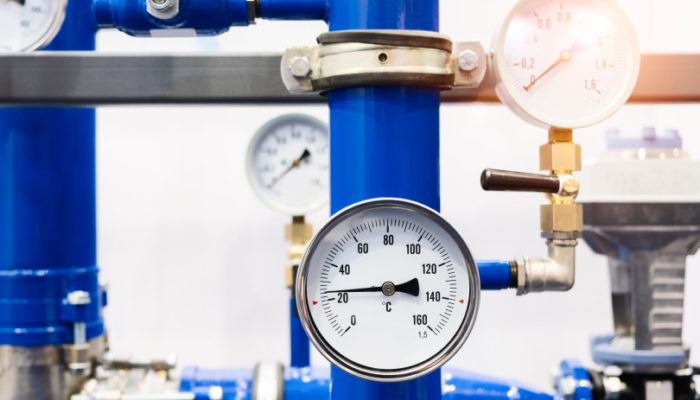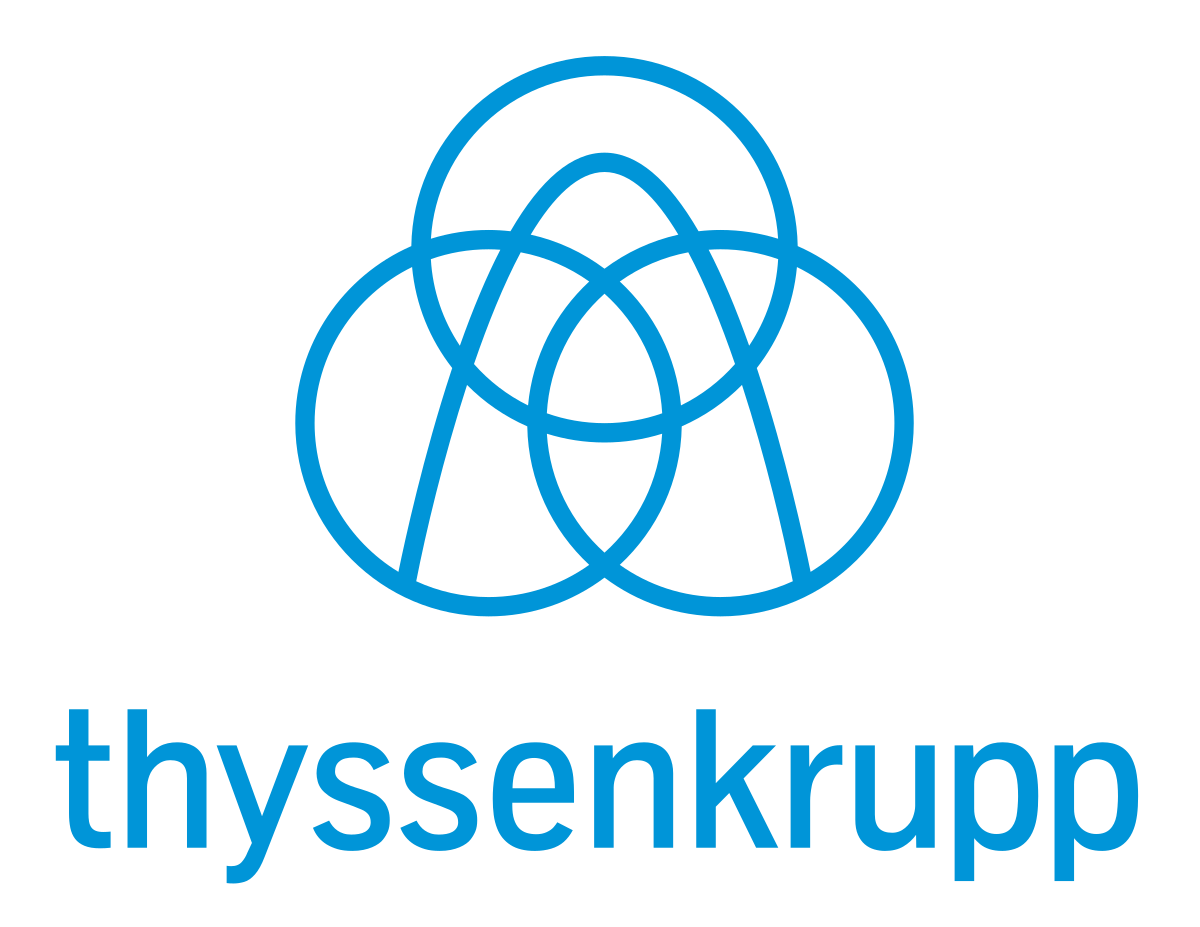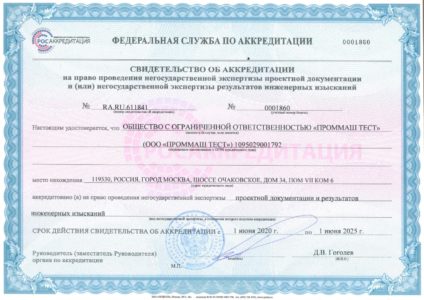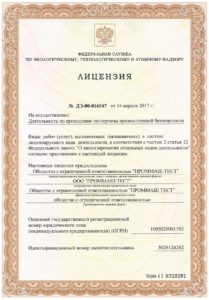
Verification of measuring instruments (hereinafter – MI) is a set of operations through which it is possible to confirm that they meet metrological requirements. Verification procedure is established by the Order of the Ministry of Industry and Trade № 2510 of 31.07.2020.
In certain fields of activity the accuracy and uniformity of measurements are controlled by the state. The measuring instruments that are used in these areas are subject to mandatory verification. If they are included in the list established by the Government Decree № 250 of 20.04.2010, they are calibrated in state metrology centers. Other measuring instruments can be verified by specialized organizations that have received the appropriate accreditation. Our group of companies has such an organization.
The fact of verification is certified by entering information about its results in FGIS “Arshin”. In addition, the customer can be issued a certificate of verification, make a record of verification in the passport (form) of the product, put a verification mark on the product and (or) in the documents. This is done for informational purposes, at the request of the owner or the person who submitted the MI for verification. Information about a negative result of verification shall also be transferred to the FGIS, and a notice of unsuitability can be issued for informational purposes.
If the MI are not used for measurements, the accuracy of which is controlled by the state, they can be verified voluntarily.
When to perform verification
Verification can be primary, periodic and extraordinary. Primary calibration is carried out immediately after manufacture and after repair. Periodic with a specified frequency is carried out during operation. Verification interval and methods of verification are set for each type of MI separately.
Unscheduled verification is required if information on verification is missing in FGIS, the seal or verification mark on the product is damaged, there are doubts in the accuracy of its readings, the product has been re-adjusted or aligned with the opening of seals. Voluntarily, the MI can be verified as often as desired.
How verification is performed
Along with the MI the customer must provide:
- operational documents, the list of which was defined during the approval of the MI type;
- verification procedure (if it is included in the MI package);
- additional devices included in the MI package and necessary for its verification;
- certificate of verification (for MIs that have passed the regular periodic verification prior to the entry into force of Order No. 2510).
The results of verification are valid within the verification interval.
Verification is performed:
- in our metrological laboratory;
- at the place of the customer’s activity.
If the measuring instruments are not subject to verification, their metrological service can be performed in the form of calibration. This is a set of operations to determine the actual values of their metrological characteristics.


















